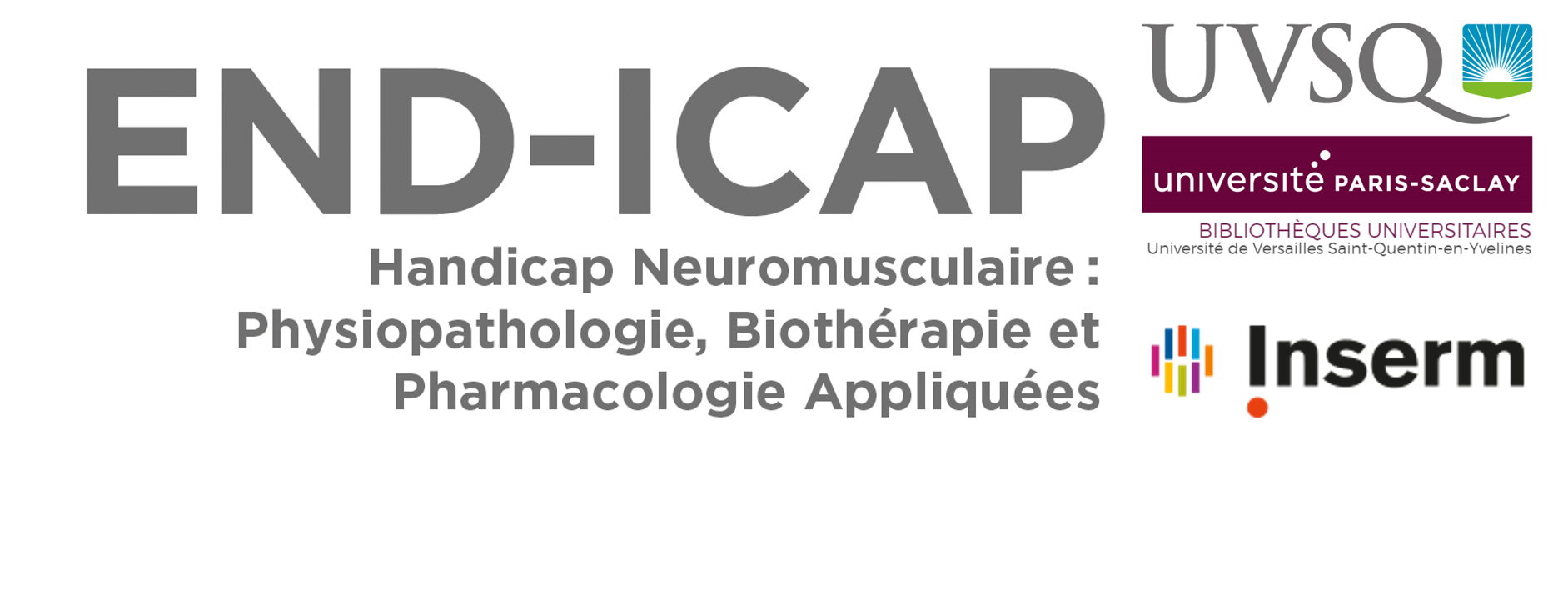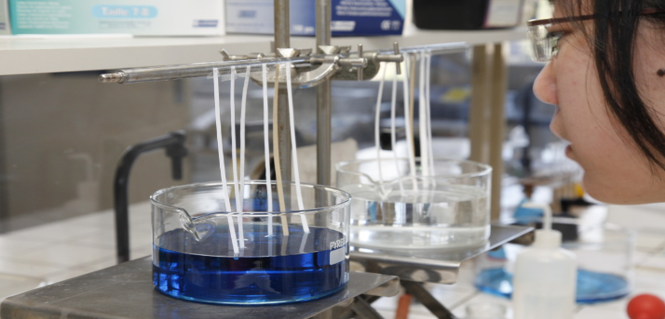Treatment of myasthenia gravis in france: A retrospective claims database study (STAMINA)
Résumé
This study aimed to describe treatment patterns in patients with myasthenia gravis (MG) in France. Methods: A retrospective cohort analysis was performed using the French National Health Data System (SNDS) database between 2008 and 2019. MG patients were identified using ICD-10 codes during hospitalization and/or long-term disease. We defined two adult subpopulations: a prevalent MG population of patients alive on 31/12/2019 and an incident population of newly identified patients with MG in 2012 and 2013. Results: Among the 22,079 prevalent patients, 53.1% (n = 11,498) received at least one chronic MG treatment in 2019. Among these treated patients, 52.5% received Acetylcholinesterase inhibitors (AChEIs) only, 10.2% were treated with corticosteroids (CS) ± AChEIs, 7.3% with non-steroidal immunosuppressive treatments (NSIST) and CS, 24.2% with NSIST w/o CS, and 5.8% received immunoglobulin and/or plasma exchange. Among the 2,661 incident patients, 84.6% received at least one chronic MG treatment over the 6-year follow-up period, and among them, 79.0% had at least one treatment category change. During the first semester of follow-up, 28.1% of patients were treated with an immunomodulator (CS, NSIST). Among patients starting treatment with immunomodulator, the proportion of those treated with CS decreased from 35.3% at initiation to 10.9% at 6 years. Conclusion: This study illustrates the complexity of MG management. Significant CS sparing was observed over time. The frequent treatment changes especially in patients with an immunomodulator treatment reflect the high variability of the disease severity. The need for personalised treatment approaches in the management of MG to reduce the burden of disease remains.
Domaines
Neurosciences [q-bio.NC]| Origine | Publication financée par une institution |
|---|---|
| licence |





